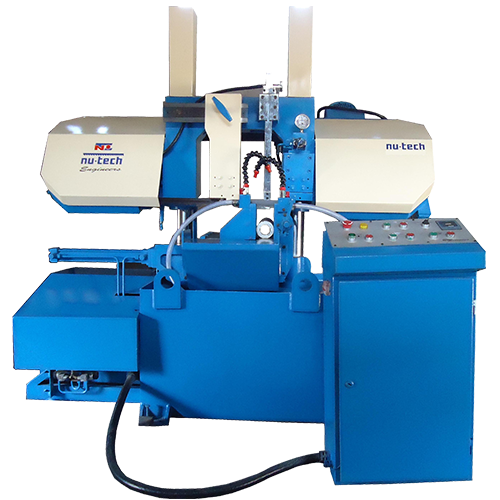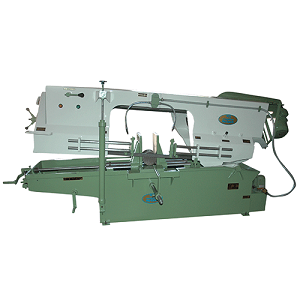How To Get The Maximum Life From Bandsaw Blade?

How to Maintain Proper Lubrication on Bandsaw Blades?
July 12, 2022
How To Speed Up A Bandsaw?
July 16, 2022How To Get The Maximum Life From Bandsaw Blade?
Making the required changes will guarantee that the bandsaw blade is cutting appropriately and could forestall harm to the machine. This is what to search for:
- Examine the band wheels — surfaces, ribs, and liquid scores – at whatever point you change the blade: If the wheel watches out of round or broken, supplant it, or the blades could break all the more habitually. Clean the scores assuming that they are loaded with chips, so the blade connects with the wheel’s surface.
- Check the blade strain at each blade change, or significantly more regularly: If you are cutting for a lengthy period, your bandsaw blade can warm up and grow, in which case the tensioners take up the leeway. In some cases, when the blade cools, there is an excess of strain and additional tension on the wheel bearing. Then again, insufficient pressure will cause slanted cuts from the unfortunate following. Check the strain each time you subject the blade to consistent work.
- Look at the band guides essentially at regular intervals: The band guides are a basic part of the bandsaw, and you really want to introduce them as per the producer’s directions. Worn or chipped side aides cause warped cuts and more limited bandsaw blade life. Pivot or supplant them when you spot wear. The reinforcement guides cause similar issues assuming they are worn or broken, so supplant them when required.
- Check the band wheel direction two times per year: You will be searching for unusual wheel development, making the aides wear rashly and bringing about blade disappointment and harm to the bandsaw.
Read more about How to Maintain Proper Lubrication on Bandsaw Blades?

